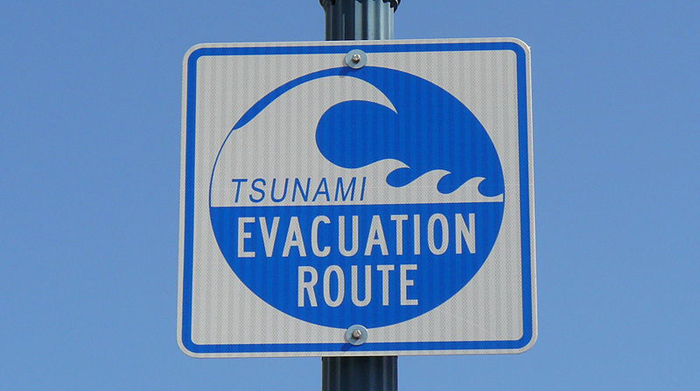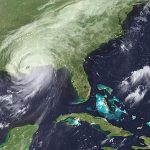Scientists Fear Mega-Tsunami Risk in the Pacific Northwest

Image courtesy of Zandcee under Creative Commons Attribution-ShareAlike 3.0 Unported, resized to 700 x 391 pixels.
New research has revealed that the risk of a so-called mega-tsunami forming in the Pacific northwest on the backend of an earthquake is greater than previously thought. As if weird phenomena like solar storms, space weather, fire tornado, sundowners, and other anomalies aren’t bad enough, here’s a new one to add to the list. Welcome to utility emergency preparedness in the 21st century!
What Exactly is a Mega-Tsunami and How High is the Risk?
The research, published in May 2022 in the peer-reviewed journal Earth-Science Reviews, argues that previous estimates of the potential magnitude of an earthquake-triggered tsunami in the region have understated the risk. Why? Because previous earthquake and tsunami research has ignored an important variable – the “outer wedge” – which is the area between the main earthquake fault and the seafloor.
The outer wedge is a location where tectonic plates rub together, and it is characterized by a typically large buildup of sediment. The relationship between these areas and tsunami activity is clear – the larger the outer wedge, the larger the maximum size a tsunami could be. In the Pacific northwest, the outer wedge, according to the researchers, is “huge.” For this reason, even a smaller earthquake in the region could trigger an oversized mega-tsunami.
One area where the outer wedge is particularly large is the Cascadia subduction zone, which runs from Vancouver, Canada to northern California. The researchers predict that there is a 15% chance of a 9.0-magnitude earthquake rocking the region within the next 50 years.
From an emergency preparedness perspective, an event of this magnitude would essentially destroy the local power grid. In addition, a larger tsunami means an expanded evacuation zone, which has plenty of issues on its own. Simply put, the idea of a mega-tsunami forces utility personnel to reconsider their response and recovery protocols, because if the worst-case scenario occurs, current protocols won’t be nearly good enough.
Yes, this is new information, and more research is needed to validate the findings. But for utilities on the west coast, there is no need to wait. A mega-tsunami could happen at any time, so the time to prepare for this is now.



